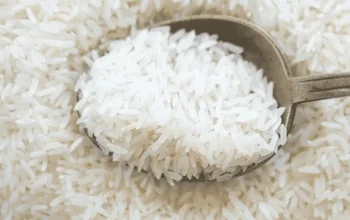Introduction
When you step into a kitchen or start shopping for a new knife, you might come across two popular types: the Santoku knife and the Chef knife. At first glance, they may look similar, but they have different features, uses, and origins. This Matsato Knife Review will break down the differences in simple terms to help you understand which knife is best for your needs.
Origin and Meaning
The Santoku knife is a popular kitchen tool from Japan, known for its strength, precision, and versatility. The name “Santoku” means “three virtues,” referring to its ability to slice, dice, and chop easily—making it a trusted choice for many everyday cooking tasks.
Blade Shape
A key difference between the two knives lies in the shape of their blades.
- The chef’s knife features a curved blade that enables a smooth rocking motion during cutting. This curve makes it easy to chop herbs or mince garlic quickly.
- The Santoku knife has a flatter blade with a rounded tip. This design is ideal for straight vertical chopping, particularly when cutting vegetables and meats.
Blade Length
- A Chef’s knife typically features a longer blade, usually ranging from 8 to 10 inches.
- Typically ranging from 5 to 7 inches, a Santoku knife is easier to handle, particularly for individuals with smaller hands.
Weight and Balance
Chef knives tend to be heavier since they’re designed to handle more demanding tasks. They have a thick spine and strong build, which makes them great for cutting dense foods like squash or meat with bones.
Santoku knives are often lighter and slimmer, making them easier to handle for precise cuts. They are well-balanced and easy to handle, making them ideal for fine chopping and slicing.
Cutting Style
- With a chef’s knife, you use a rocking motion to cut, which means you move the blade back and forth on the cutting board.d
- With a Santoku knife, you cut in an up-and-down motion. The flat blade doesn’t rock, so it’s better for making thin, even slices.
Blade Edge
Many Santoku knives have a Granton edge—small dimples that help keep food from sticking while cutting. This makes slicing smoother and more efficient. Chef knives may or may not have this feature, but they still work well for a wide range of kitchen tasks.
Best Use
- A chef’s knife works well for handling larger tasks such as cutting big vegetables, meats, or herbs. It’s a sturdy, multipurpose tool.
- Use a Santoku knife for lighter tasks like slicing vegetables, cheese, or boneless meats. It’s perfect for precision and speed.
Conclusion
Both Santoku and Chef knives are great kitchen tools, but they shine in different ways. If you prefer a heavier knife that uses a rocking motion, the chef’s knife is a great choice. If you want a lighter, more precise tool with straight cuts, the Santoku knife is a better fit. The best knife for you depends on how you cook and what feels most comfortable in your hand.



